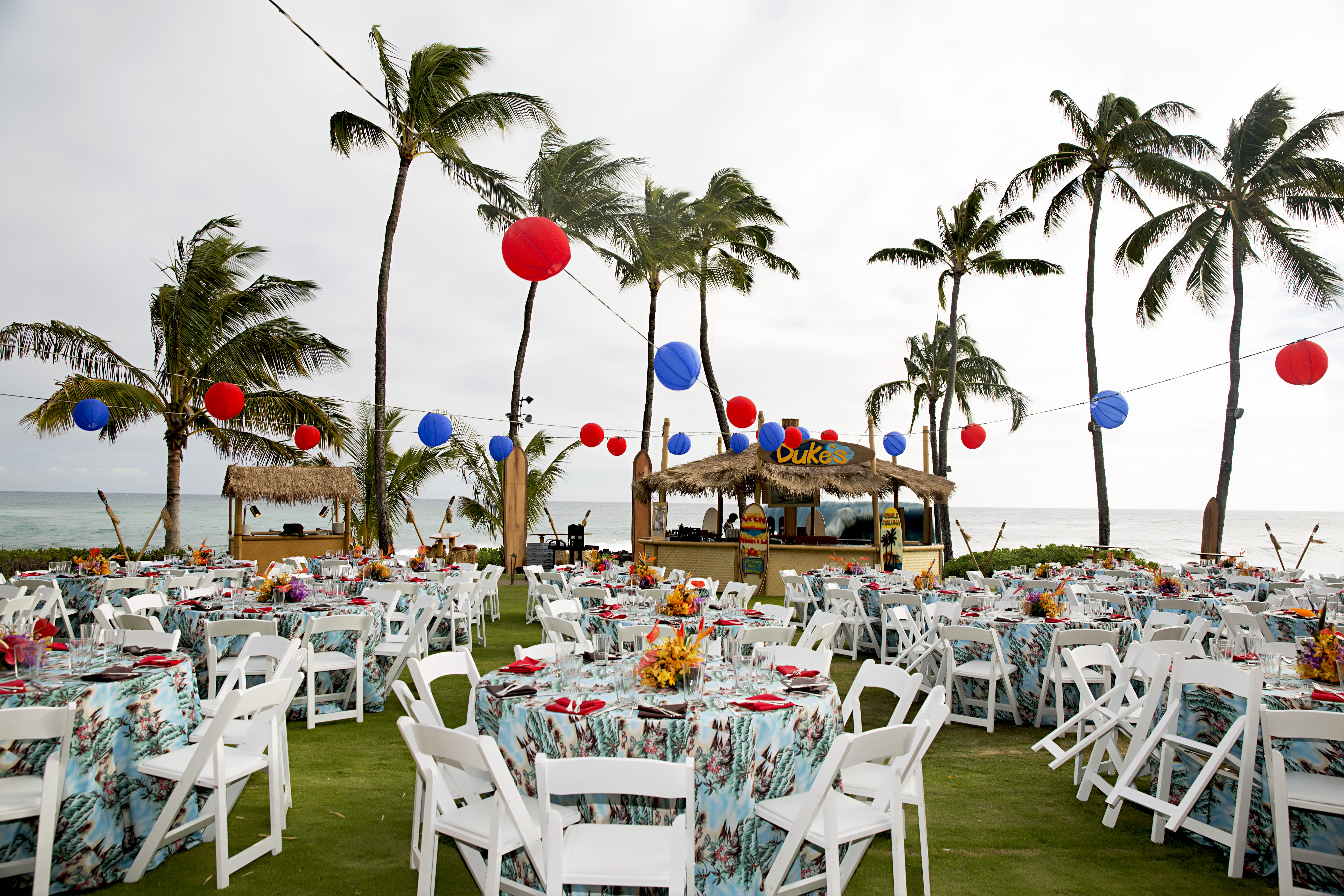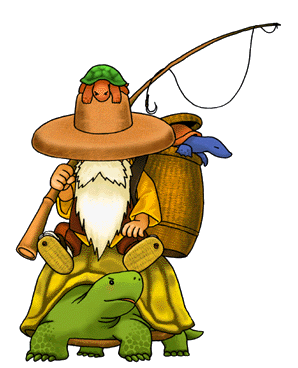
WHAT DO WE USE YOUR INFORMATION FOR?Īny of the information we collect from you may be used in one of the following ways: To process transactions In the case of all users, we reserve the right to attempt to identify and track any individual who is reasonably suspected of trying to gain unauthorized access to computer systems or resources operating as part of our web services.Īs a condition of use of this site, all users must give permission for University of Hawaiʻi Press to use its access logs to attempt to track users who are reasonably suspected of gaining, or attempting to gain, unauthorized access. University of Hawaiʻi Press will make no attempt to track or identify individual users, except where there is a reasonable suspicion that unauthorized access to systems is being attempted.

This information is used to ensure our website is operating properly, to uncover or investigate any errors, and is deleted within 72 hours. Log files do not capture personal information but do capture the user's IP address, which is automatically recognized by our web servers. Website log files collect information on all requests for pages and files on this website's web servers. You may, however, visit our site anonymously. When ordering or registering on our site, as appropriate, you may be asked to enter your: name, e-mail address, mailing 0address, phone number or credit card information. University of Hawaiʻi Press collects the information that you provide when you register on our site, place an order, subscribe to our newsletter, or fill out a form. University of Hawaiʻi Press Privacy Policy WHAT INFORMATION DO WE COLLECT? Jeffrey Lyon, Editor Jeffrey Lyon is professor in the Department of Religion at the University of Hawai‘i at Mānoa. The introduction is followed by a new biography of Malo by Kanaka Maoli historian Noelani Arista, “Davida Malo, a Hawaiian Life,” which examines his life as a chiefly councilor and Hawaiian intellectual. “The Writing of the Mo ʻ olelo Hawai ʻ i” discusses how the Carter copy was written and preserved, its relationship to other versions of the text, and Malo’s plan for the work as a whole.

“Understanding Malo’s Mo ʻ olelo Hawai ʻ i” describes the nature of Malo’s work, showing that it is the result of his dual Hawaiian and Western education. The introduction to Volume 2 contains two essays that provide context to help the reader understand Malo’s Mo ʻ olelo Hawai ʻ i. The introduction to Volume 1 (in Hawaiian) discusses the manuscripts of Malo’s text and their history. The new English translation attempts to remain faithful to the edited Hawaiian text while avoiding awkwardness in the English.īoth volumes contain substantial introductions. Second, the orthography of the Hawaiian text has been modernized to help today’s readers of Hawaiian by adding diacritical marks (‘okina and kahakō, or glottal stop and macron, respectively) and the punctuation has been revised to signal the end of clauses and sentences.

First, the Hawaiian has been edited through a careful comparison of all the extant manuscripts, attempting to restore Malo’s original text, with explanations of the editing choices given in the footnotes. Malo’s text has been edited at two levels. Volume 2, edited and translated by Charles Langlas and Jeffrey Lyon, presents the edited Hawaiian text side by side with a new annotated English translation.

Volume 1, edited by Jeffrey Lyon, is entirely in Hawaiian, providing images of the original manuscript pages, side by side with the new edited text. The heart of this two-volume work is a new, critically edited text of Malo’s original Hawaiian, including the manuscript known as the “Carter copy,” handwritten by him and two helpers in the decade before his death in 1853. Malo, born in 1795, twenty-five years before the coming of Christianity to Hawaiʻi, wrote about everything from traditional cosmology and accounts of ancestral chiefs to religion and government to traditional amusements. Davida Malo’s Moʻolelo Hawaiʻi is the single most important description of pre-Christian Hawaiian culture.


 0 kommentar(er)
0 kommentar(er)
